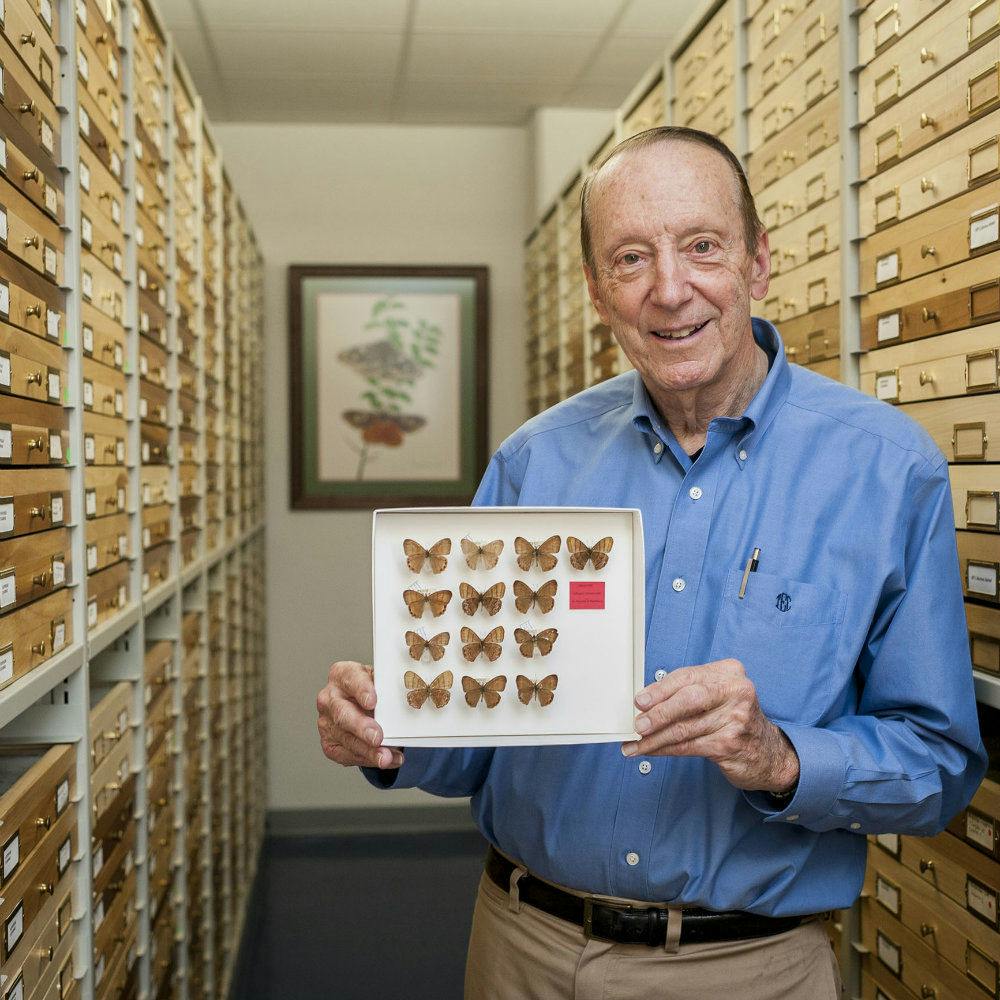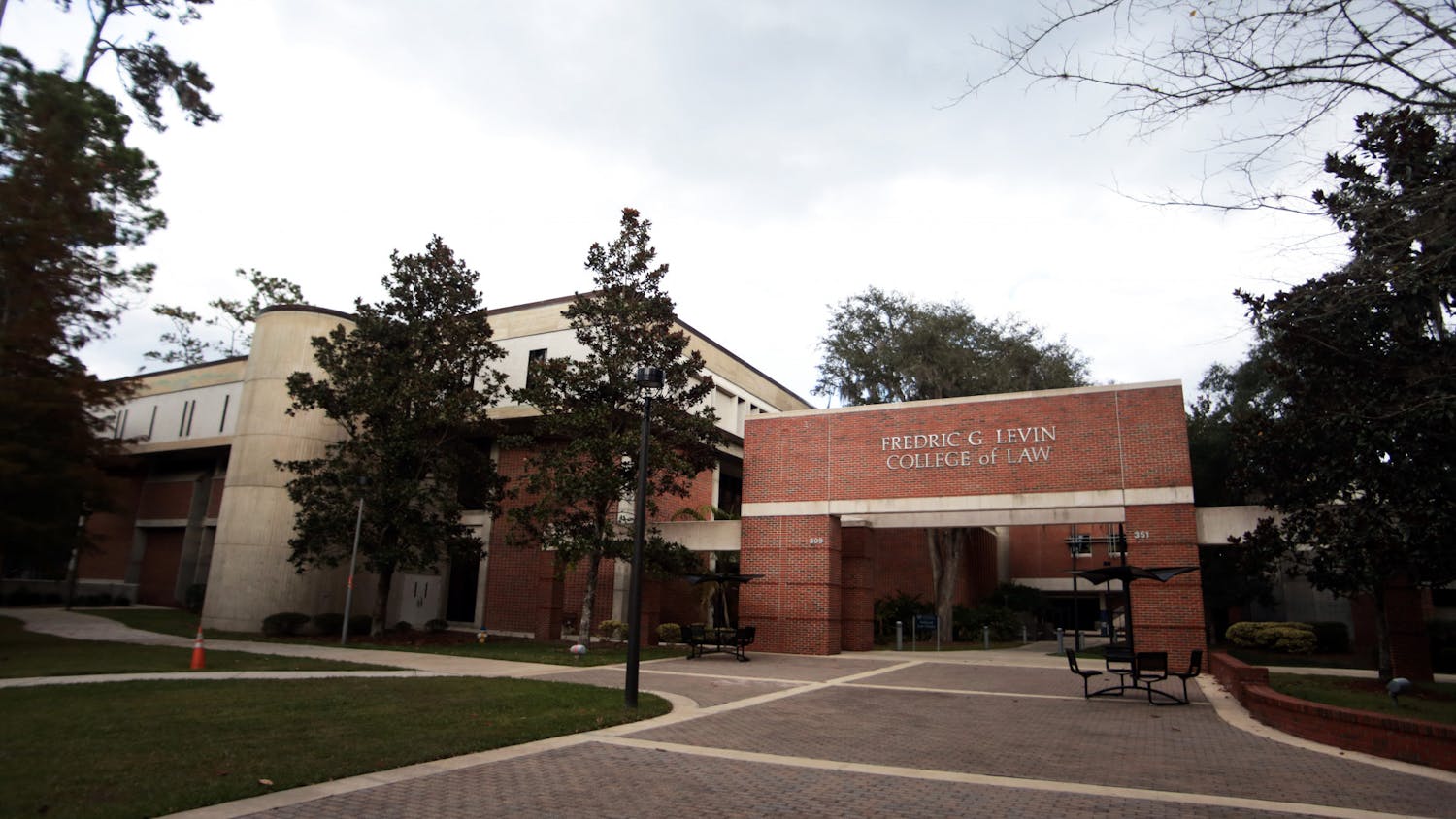Thomas Emmel first stumbled upon the 2.25-inch-wide butterfly in March 1959 as a 17-year-old on an expedition in Mexico. The specimen was later stashed away in one of his collection drawers and forgotten about.
That was until last Fall, when Andrew Warren, a senior collections manager at the UF McGuire Center for Lepidoptera & Biodiversity, found the specimens in a drawer. He noticed something odd about the species.
“He came running upstairs and asked, ‘What were you doing in March of 1959?’” Emmel, now 76, said.
The butterfly species is soft brown on its upper side while its underside is marked with magenta stripes and silver dots. No other butterfly has the same design and colors, which makes scientists think it is a new species of butterfly, Emmel said. When Warren discovered this, he chose to honor the butterfly by naming it Cyllopsis tomemmeli, after Emmel, who discovered it about 60 years ago.
“I was very thrilled, it’s a great honor actually,” said Emmel, an affiliate professor and scientist at the McGuire Center.
Emmel said he was on the 1959 expedition with ornithologist, or bird expert, L. Irby Davis to record Mexican bird songs in Chiapas, Mexico. They were driving through a pine forest south of San Cristobal de las Casas when their car needed mechanical repairs.
While staying an unexpected three or four nights in the area, Emmel said he wandered around and found 45 butterfly species, including the previously unknown species.
Emmel said he had forgotten about the collection but had kept it when he came to UF in 1968. When the McGuire Center opened in 2004, Emmel moved his collection there.
Although Emmel said he couldn’t believe it took 60 years to find this butterfly, Warren wrote in an email that it is common to find new species of butterflies and other organisms in museum collections.
“This discovery is an example of the importance of maintaining museum collections for researchers in the future,” Warren said.
For now, the specimens remain in the museum collection at the McGuire Center. Warren said he hopes in the next 10 years, scientists will find the food and plants the caterpillars eat.
Emmel said he wants a special display for the butterfly to inform people that new discoveries can happen anywhere.
“New surprises come up, and it’s really amazing that materials collected 60 years ago can have great value,” Emmel said.
Thomas Emmel, 76, holds onto 13 specimens of the brown butterfly in his collection. After they were recovered about 60 years after his initial discovery, Emmel said he was surprised they were rediscovered. He said he hopes to discover more about the species.






